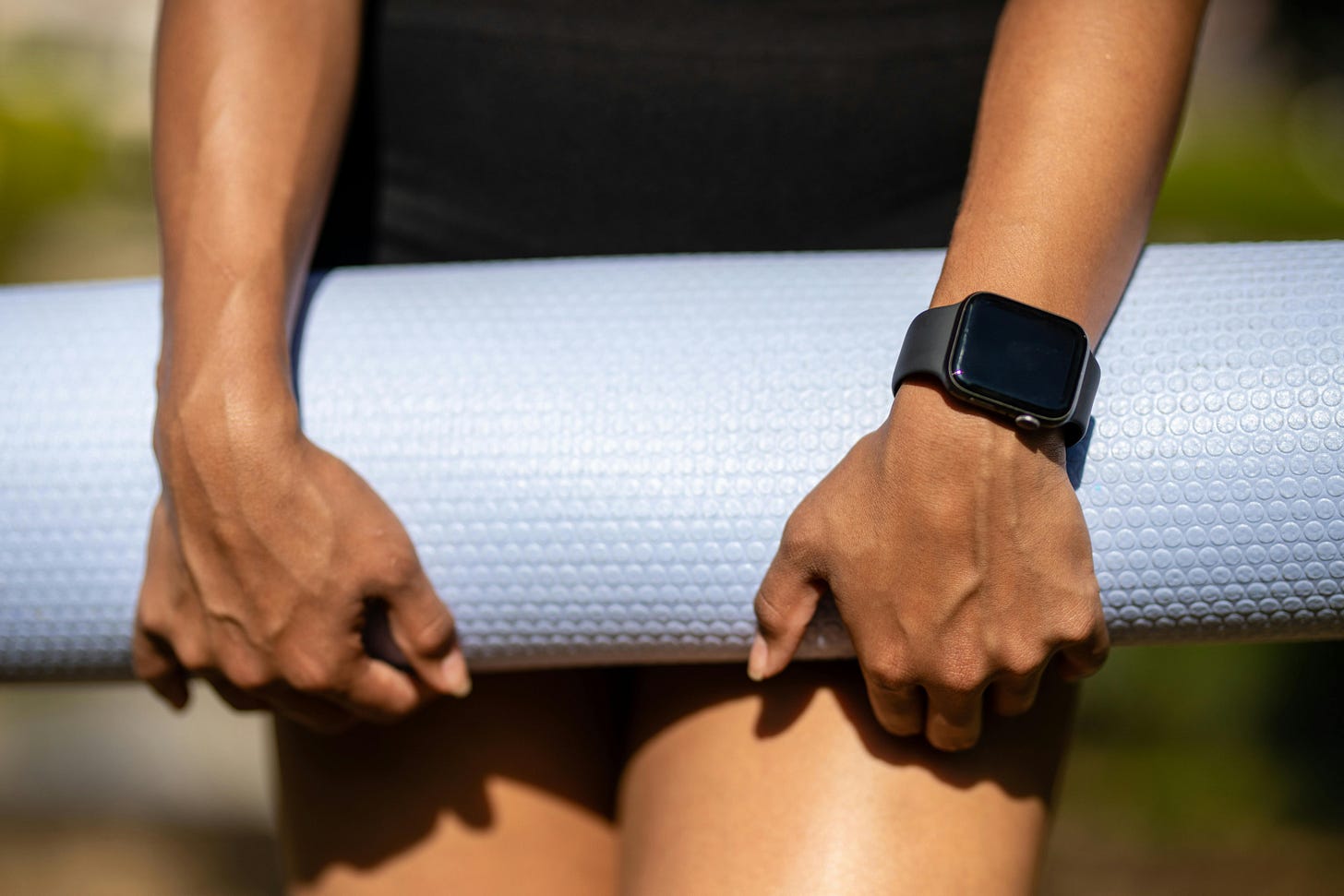The Quantified-Self Era Is Here
We live in a time where your ring tells you how well you slept, your watch nudges you to breathe, and your toilet might soon analyze your microbiome. Welcome to the era of quantified health.
In Zurich, it’s not uncommon to see someone on the train checking their watch monitoring steps, HRV and VO2 max levels.
But here’s the question we’re hearing more and more:
Are health gadgets making us healthier or just more anxious?
Let’s explore the science, psychology, and practical value of today’s most popular wellness tech.
Wearables and biohacking devices aim to give us insight into the invisible layers of our biology. That includes:
Sleep monitors (Oura, Whoop)
Continuous glucose monitors
Smart scales and thermometers
Heart rate variability trackers
Posture trainers, brainwave bands, even smart water bottles
These devices promise to optimize our metabolism, improve recovery, extend lifespan, and even predict illness before symptoms appear.
And for the busy, health-aware, time-starved professionals? That’s deeply appealing. You get personalized health data, anytime, anywhere.
What the Research Says
The science is mixed—but promising:
Sleep wearables can accurately detect sleep stages, but may cause sleep anxiety if the data isn't well-understood.
Glucose monitors offer real-time metabolic feedback—yet for non-diabetics, they may lead to unnecessary dietary fear.
HRV and recovery scores are great for athletes but can fluctuate based on stress, alcohol, or even dehydration—making them hard to interpret without context.
Key insight: Most gadgets are tools, not oracles. They offer indicators, not diagnoses.
And like any tool, their usefulness depends on how you use them.
When Tracking Becomes Obsession
We’ve seen it—and maybe lived it:
Skipping a run because your recovery score said “rest”
Feeling bad about your sleep before your day even starts
Obsessing over post-meal glucose spikes
Comparing step counts as a form of self-worth
This mindset can subtly shift your wellness journey from empowering to perfectionistic. From embodied to obsessed.
Naia’s philosophy is different: you are not a machine. You’re a human—beautifully complex and not always measurable.
At Naia, we love tech, but we also love boundaries. Here's how we help our community find balance:
1. Use them for insight, not identity
Your wearable doesn’t define your health. It's a snapshot, not your story.
2. Zoom out
One bad sleep score or glucose spike doesn’t mean failure. Look for trends, not single data points.
3. Connect the dots
Use your gadget data in combination with lifestyle context: How’s your mood? How’s your digestion? Are you recovering well?
4. Set time limits
Check your dashboard once per day: not obsessively. Better yet, make it part of a Sunday ritual, not a constant feed.
5. Know when to unplug
Sometimes, the healthiest move is to turn the device off and take a slow walk without tracking a thing.
Bottom Line
Are health gadgets useful?
Yes, when used with intention, not obsession.
Do they make you healthier?
Only if they lead to better choices: not anxiety, guilt, or information overload.
Health is not in the data. It’s in your daily rhythms.
Want more clarity in a world of health confusion?
Subscribe to our newsletter and get weekly insights that are inspiring, not overwhelming. No fads. No fear. Just grounded science and modern lifestyle wisdom.
With health and love,
Miral & Adam
Team Naia




